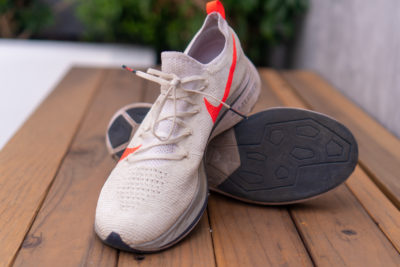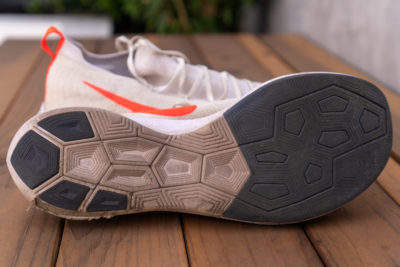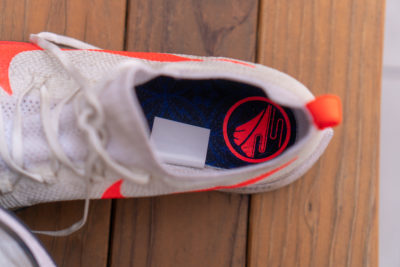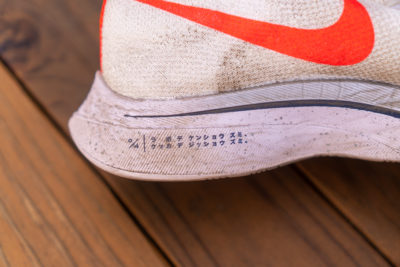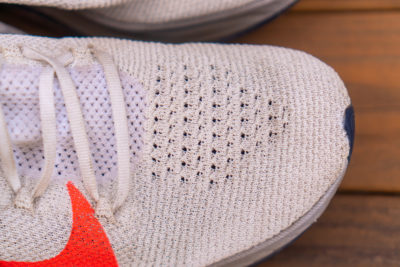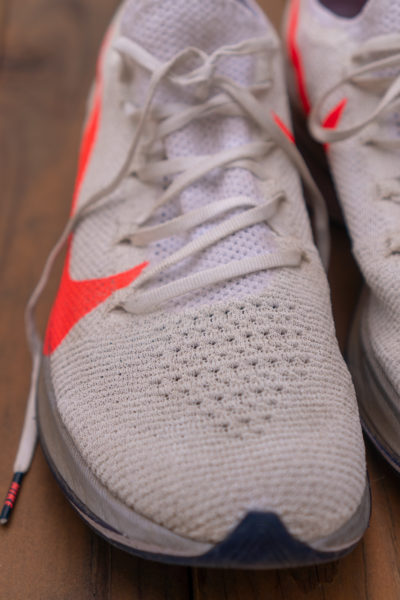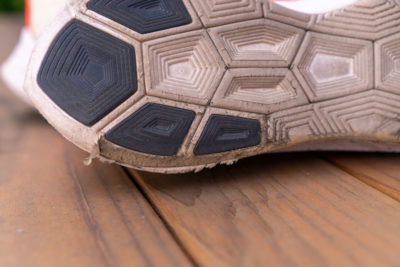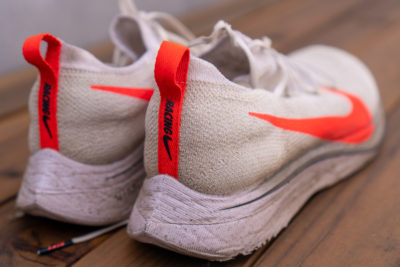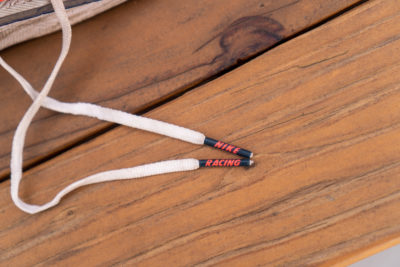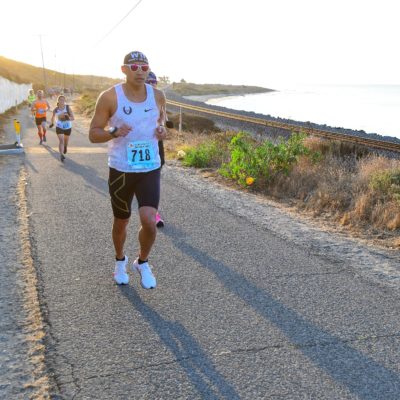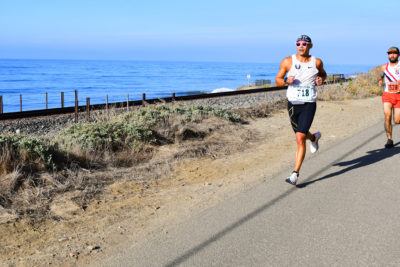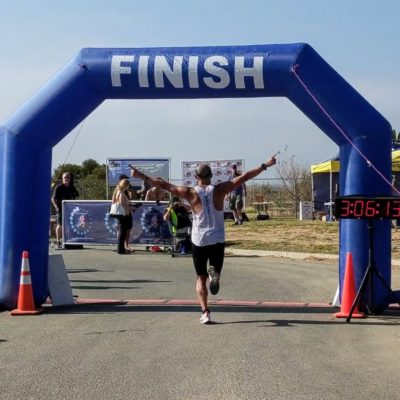
Nike Zoom VaporFly 4% Flyknit Review
It's the shoe everyone's been talking about. The shoe with the unfair advantage. The shoe with the carbon plate. The shoe that breaks records. The shoe that makes up a noticeable present at all starting corrals. The magic shoe.
What Is It?
The Nike Vaporfly 4% Flyknit is Nike's flagship long distance road racing shoe built to the specifications of world-class marathoners.
The upper is comprised on standard Nike Flyknit weave but with a slightly wider forefoot than the similarly shaped Nike Zoom Fly Flyknit (aka Zoom Fly 2). The Flyknit hugs the foot pretty well and there are strategically placed pads in the heel cup area to cradle the achilles.
The midsole is comprised of full length ZoomX foam sandwiching a carbon plate. The ZoomX is Nike's premier foam that's lighter, softer, and more responsive than anything they've ever released. According to their studies, the foam delivers 85% energy return. The heel sports 31mm of foam in the heel and 21mm in the forefoot for an offset of 10mm.
The outsole rubber has pretty good coverage and has great traction. I was surprised at how torn up the exposed foam got compared to my other similarly soled shoes.
The combination of materials makes for a highly cushioned and propulsive racing shoe that only weighs 7.2oz (204g) in a US men's size 10.
Why Did I Get It?
While I was interested in it, the $250 USD price tag was really hard to justify especially since I had no immediate plans to run any marathons.
However, in April, Nike released a White/Metallic Silver/Midnight Navy/Flash Crimson model. This wasn't simply just a "white colored model" it was the limited edition Japan-only Hakone Ekiden model. I suspect these were leftover stock from Japan since they sported the special Mt. Hakone ((箱根山, Hakoneyama) logo inside the shoe.
Armed with a holiday gift card, I decided to take the plunge and save the shoe for a future marathon to see if these shoes would actually make a difference.
How Have They Worked Out?
When I first got them I used them for a quick 5K virtual race just to get a feel for them. They gave a great first impression with a surprising pop when I pushed off. I then put them back in the box and wouldn't see them again for another 6 months.
At the end of a long trail running season and two weeks after a 50 mile ultramarathon, the wife and I took a run-cation to Napa, California to run a half-marathon and enjoy the sites. Wearing a pair of training shoes (Zoom Fly Flkynit), I ran a negative split 4-minute PR at a pace my training did not indicate. After the race, my wife suggested I find a marathon before I start my off-season to see what was possible.
6 weeks later, on a mostly flat beachside USATF approved course, I ran my first road marathon in more than 6 years with the VaporFly 4%s. I took a whopping 15 minutes off my lifetime best (set nearly 30 years ago) to finish in a 3:21:12.
The Good
- They're amazingly light and responsive given the amount of cushioning
- The foam allows the carbon plate generate a nice propulsive pop on toe-off
- The upper is very breathable
- They're slightly wider in the forefoot
- My legs were less thrashed during and after the race
- They worked for me
The Less Good
- They're very expensive
- They're narrow and height of the shoes makes them feel a little unstable
- The lockdown in the heel could be better
- They are not very durable and the foam creases and degrades quickly
- The laces need to double or triple knotted to ensure they don't come undone
- If you don't like Flyknit then you won't like these shoes
The Best Run
- Definitely the 2019 Surfers Point Marathon in Ventura, CA. Because I don't normally race marathons, I didn't have a race plan other than running on feel and being very strategic with my hydration. I went out a little fast to get some positioning and then found a nice rhythm. I ended up running my 2nd fastest half-marathon during the race and remember saying to my wife "I think I'm going a little too fast" when I saw her at the halfway point. From there, I essentially kept the pace going for another 7 miles before my fitness became an issue. The shoes felt great the entire race and was impressed with how fresh my legs and feet felt deep into the race.
Is It Worth It?
This is the $250 question that I get asked a lot.
For me, they were worth it and I'd probably get another pair if I decided to run more road marathons. Honestly, I do think they played a factor in my marathon performance but not a major one. My training foundation and fitness level were solid during that time and I would go on to run PRs in the 5K (in different shoes) and 10K (in sandals) a few weeks later. So, they don't get all the credit.
If you already have a solid running foundation and good running economy then YES, I think they are worth the money if you're trying to squeeze out as much performance as you can and looking to recover faster.
If you haven't built a solid foundation or worked on your running economy then I'd say NO. You might get some benefit but these shoes might help mask things you need to work on. I'd suggest focusing on foundation first and then later taking advantage of the shoes.
At the end of the day, if you can afford them then they're probably worth it. There are very few shoes in its weight class that deliver the same blend of cushioning, responsiveness, and energy return. I'd definitely save them for half-marathon or full marathon race day or very short tune-up sessions. That's not to say you shouldn't use them for shorter distances but I think there are plenty of alternatives there.
Highly recommended for marathoners.
